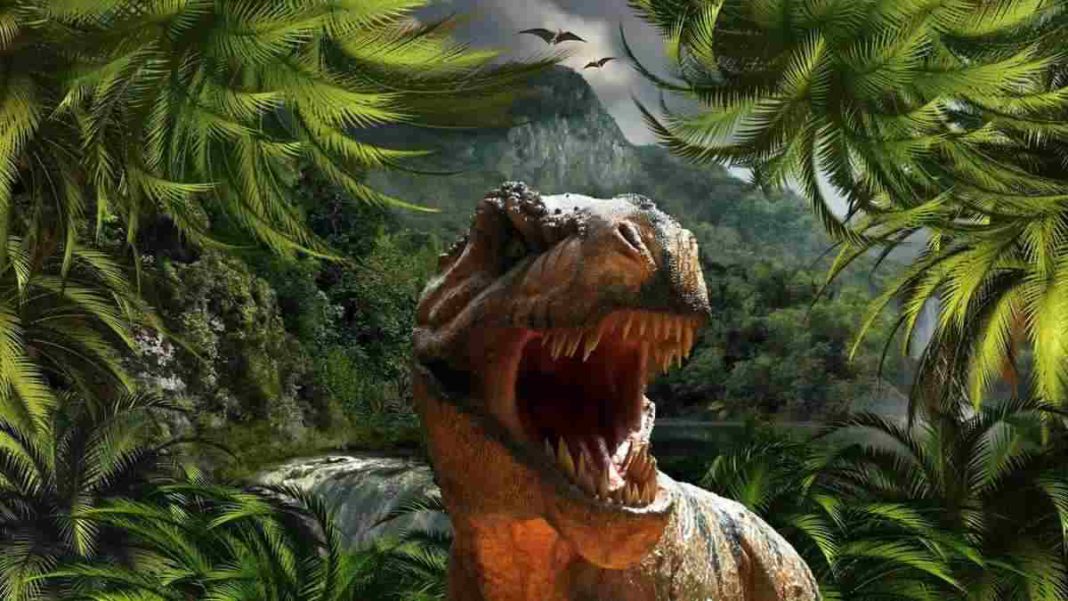UNITED KINGDOM: Paleobiologists at the University of Bristol have discovered that placental mammals, including our own lineage, coexisted with non-avian dinosaurs for a brief period before the dinosaurs’ extinction. This finding challenges long-standing theories and provides new insights into the evolutionary history of mammals during the end-Cretaceous extinction event.
The cataclysmic event that occurred approximately 66 million years ago, when a massive asteroid struck Earth near modern-day Mexico’s Chicxulub region, triggered a chain of events that resulted in the extinction of non-avian dinosaurs and caused substantial changes to the planet’s climate. However, the coexistence of placental mammals with dinosaurs prior to this event has been a topic of debate among palaeontologists.
Dr. Emily Carlisle, a paleobiologist, and her team used statistical analysis of the fossil record to look into the history and evolution of placental mammals. Until now, the presence of placental mammal fossils exclusively in rocks younger than 66 million years old suggested that they emerged after the mass extinction. Nevertheless, molecular data hinted at an older origin for placental mammals, creating a discrepancy.
By meticulously examining thousands of placental mammal fossils, spanning back to the mass extinction, the researchers were able to discern patterns of origination and extinction among different groups. The statistical model employed in the study considered factors such as the first appearances of lineages in the fossil record and the changing species diversity over time.
Their findings have revealed that placental mammals indeed originated before the end-Cretaceous mass extinction, cohabiting with dinosaurs during a relatively brief interval.
However, it was after the asteroid impact that modern lineages of placental mammals began to emerge and diversify rapidly. The absence of competition from dinosaurs seemingly provided an opportunity for these mammals to flourish and evolve.
Dr. Carlisle highlighted the importance of their study by saying, “We pulled together thousands of fossils of placental mammals and were able to see the patterns of origination and extinction of the different groups.” The researchers were able to better comprehend the effects of significant events like the end-Cretaceous mass extinction by examining both the time of origin and the extinction.
The study’s findings indicate that primates, which include the lineage leading to humans, as well as Lagomorpha (rabbits and hares) and Carnivora (dogs and cats), had already evolved just before the end-Cretaceous mass extinction. These revelations suggest that our early ancestors roamed the Earth alongside dinosaurs, a fact that further enhances our understanding of the dynamic ecosystem of that era.
Professor Phil Donoghue, from the University of Bristol, highlighted the implications of the research, stating, “After they survived the asteroid impact, placental mammals rapidly diversified, perhaps spurred on by the loss of competition from the dinosaurs.” This finding sheds new light on the evolutionary timeline of placental mammals and how the absence of dinosaurs influenced their subsequent diversification.
The study, published in the journal Current Biology, serves as a crucial contribution to the field of paleobiology, challenging conventional wisdom and providing a more comprehensive understanding of the intertwined histories of placental mammals and dinosaurs.
As researchers continue to unravel the mysteries of our planet’s past, this discovery represents a significant step forward in deciphering the complex tapestry of life’s evolution.
Also Read: Newly Discovered Dinosaur in Spain Sheds Light on Meat-Eating Group’s History



